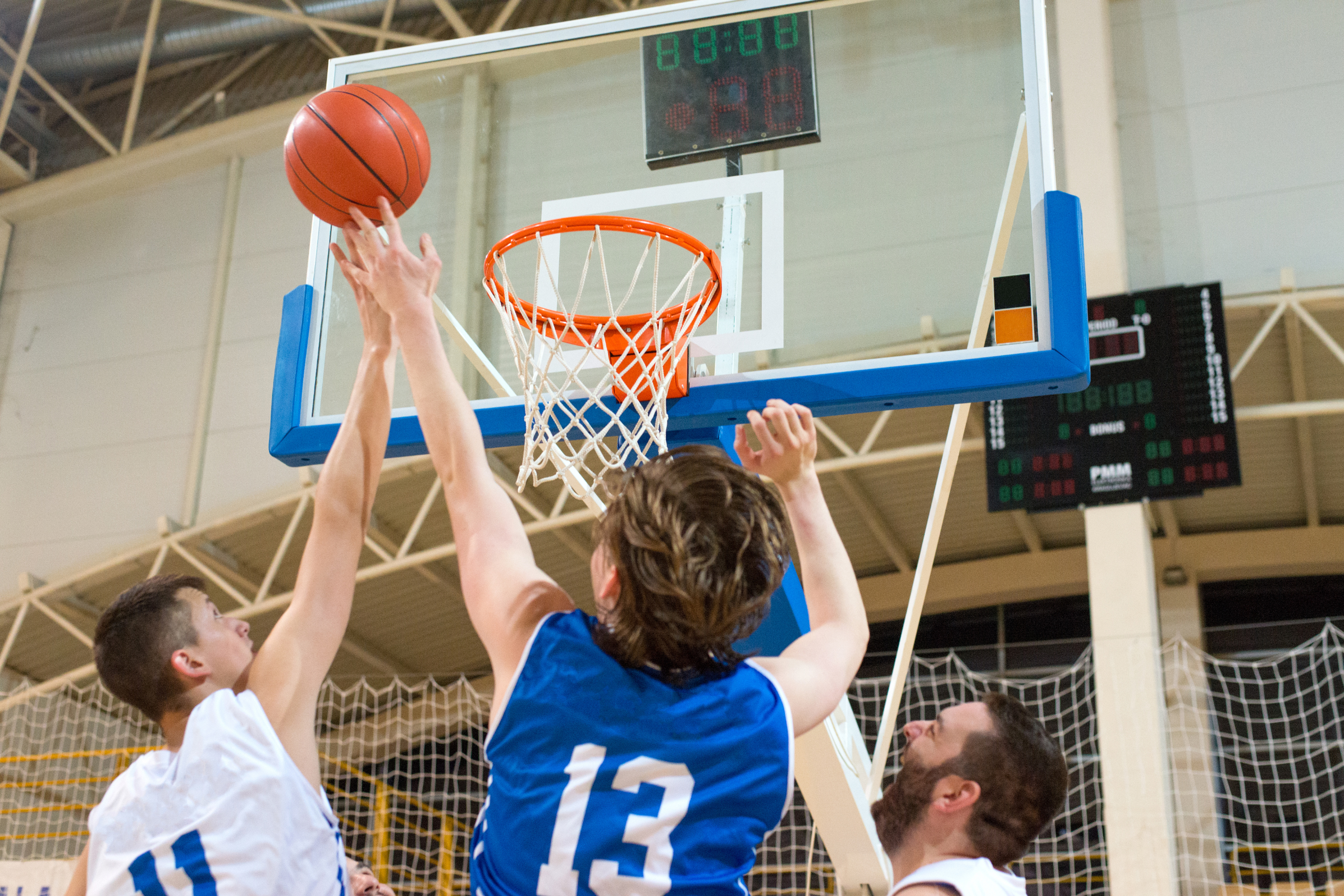Discover the four-step protocol every athlete and close family members should know for concussion safety
As we enter the spring season, the sports world for high school and college-level athletes comes alive! Most of the world’s popular sports will be in season, from basketball finals to spring camps for footballers and soccer tournaments around the globe. To ensure the health and safety of our young athletes, we must know the correct steps to take when dealing with a common sports injury – a concussion.
What is a concussion?
The CDC defines a concussion as a traumatic brain injury caused by a bump, blow or jolt to the head, or hit to the body that causes the brain to move rapidly – which, in most cases, the physical nature of sports increases the risk of being diagnosed with a concussion. 10% of athletes that play a contact sport are diagnosed with a concussion yearly.
What are the signs of a concussion?
Those that experience a concussion from a sports injury, typically display the same signs after a play that includes blunt force.
- The athlete seems dazed and confused
- The athlete has clumsy movements
- The athlete slowly answers questions or cannot remember basic things, like the opponent’s name
- Loss of consciousness by any athlete is a telling sign, however sometimes falsely looked at as the only sign of concussion or brain injury
Usually, a concussion diagnosis is not life-threatening. The lack of protocol around sustained concussion injuries leads to challenges and trauma over time. The complaisant nature of implementing official concussion protocols in sports comes from the difficulty of diagnosing an injury you cannot see.
Following proper concussion protocol at the first occurrence helps prevents further injuries.
The Four Protocols to Concussion Safety
1. Immediately Remove The Athlete From Playing.
If an athlete is involved in a play where blunt force to the head and body causes the signs of a concussion or even a suspected concussion, pull them out.
2. The Athlete Should Receive an Expert Medical Evaluation.
Healthcare professionals experienced in handling patients with concussions have several methods to diagnose the severity of a brain injury. A coach should not deem if a player is concussed or not.
3. Inform Those Around the Athlete of the Concussion.
It is imperative that a friend or family member knows that the concussed athlete needs to be examined and evaluated by a medical professional. Also, an athlete should be monitored 24-48 hours after experiencing a concussion.
4. A Medical Professional Should Deem When it is Okay for the Player to Return.
A repeat brain trauma in an athlete can be detrimental in slowing the recovery process and increasing the chance for long-term effects. It is crucial to listen to the guidance of an expert medical professional on when an athlete should return to play.
No matter the severity of a concussion, it is highly recommended to be checked out by a medical professional before returning to play sports. Concussion reoccurrence is common, and without the proper steps taken can result in long-term challenges.
Your Neighborhood ER & Hospital
Open 24/7, West Plano ER is here to aid in the health and safety of your student-athletes at any time – gameday, practice, training, etc. Our team of expert medical professionals, matched with advanced, state-of-the-art technology, are equipped to handle any medical emergencies without the wait.
Disclaimer: As a service to our readers, West Plano ER and Nutex Health state no content on this site, regardless of date, should ever be used as a substitute for direct medical advice from your doctor or other qualified clinicians.






Comments are closed